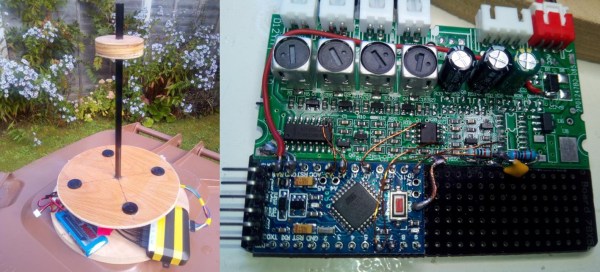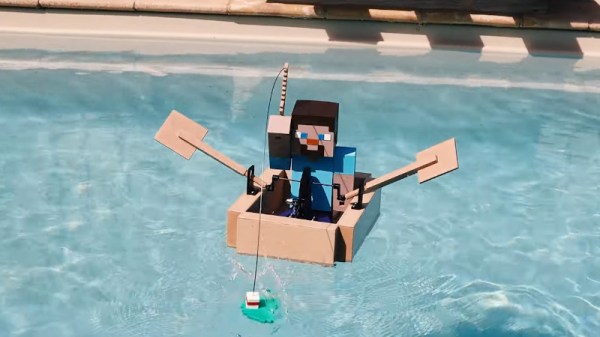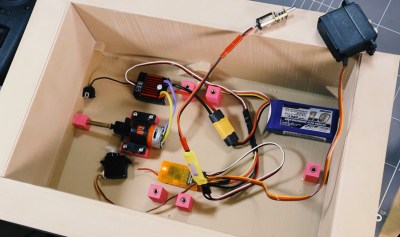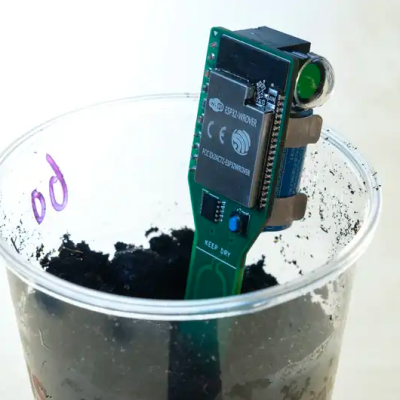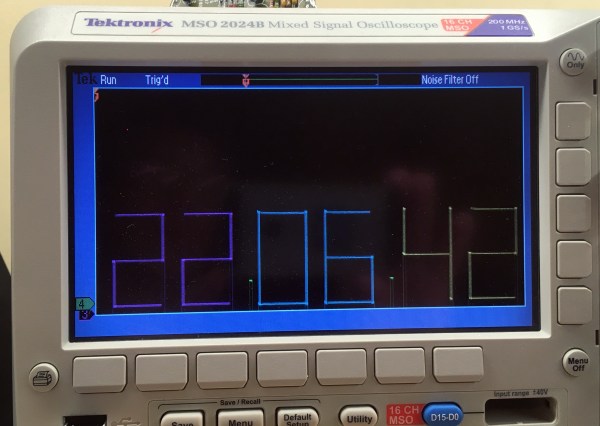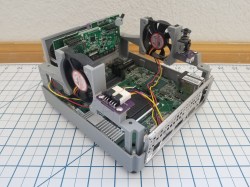To measure wind speed and direction, most people turn the traditional cup anemometer and wind vane. Another less-known method is to use an array of ultrasonic transducers, which doesn’t need any moving parts. [Andy] demonstrates building an ultrasonic anemometer using a cheap after-market parking distance sensor kit and an Arduino. Demo video after the break.
Aside from the price, these kits have the added advantage of including waterproof ultrasonic transducers, perfect for an outdoor weather station, and all the required circuitry to drive them. Some circuit surgery is required to remove the existing 8-pin microcontroller and wire in an Arduino Pro Micro and a few passives to take control of the pulse outputs and processing of the received signal to calculate direction and velocity. The ultrasonic transducers are mounted in a circular baseplate pointing up to an “echo plate” mounted on a carbon fiber rod. [Andy]’s latest version also added an ESP8266 Wi-Fi module for connectivity.
One of the challenges of DIY environmental sensors is calibrating them to output reliable absolute values, and this is especially the case for wind speed. You need another anemometer that is known to be accurate or a wind source of a known velocity. A while back we covered [Jianjia Ma]’s ultrasonic anemometer build, where he mounted it on top of his car and went for his drive, but still couldn’t quite get consistent results.
While the lack of moving parts are nice, ultrasonic anemometers are significantly more complex on the software and electronics side, and a DIY cup and vane anemometer is still a viable alternative.

